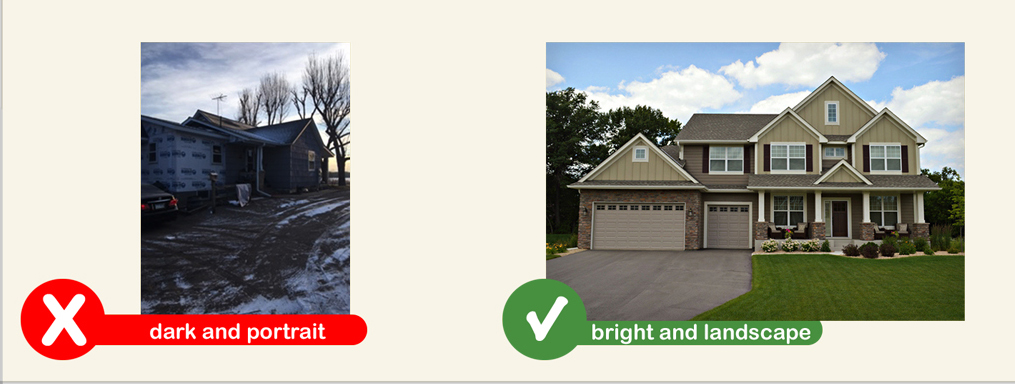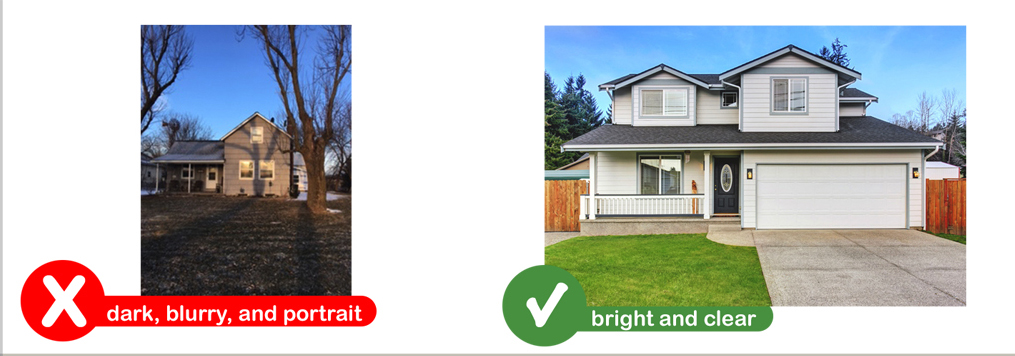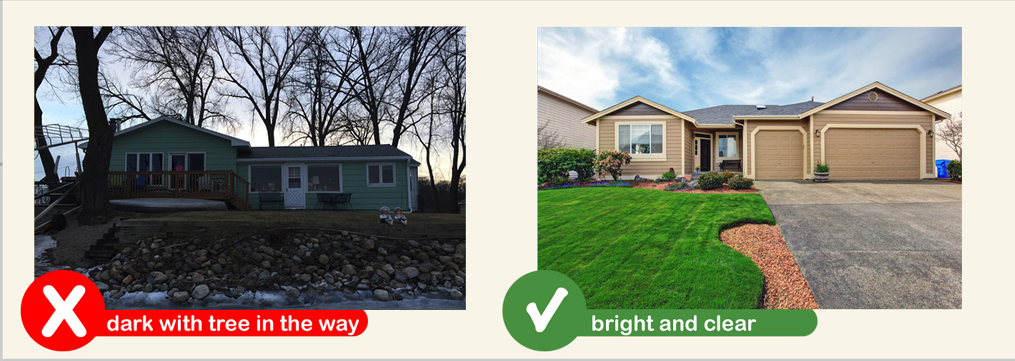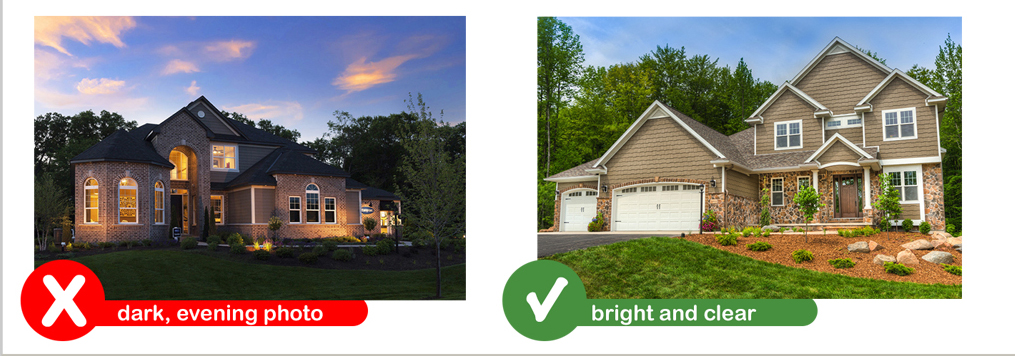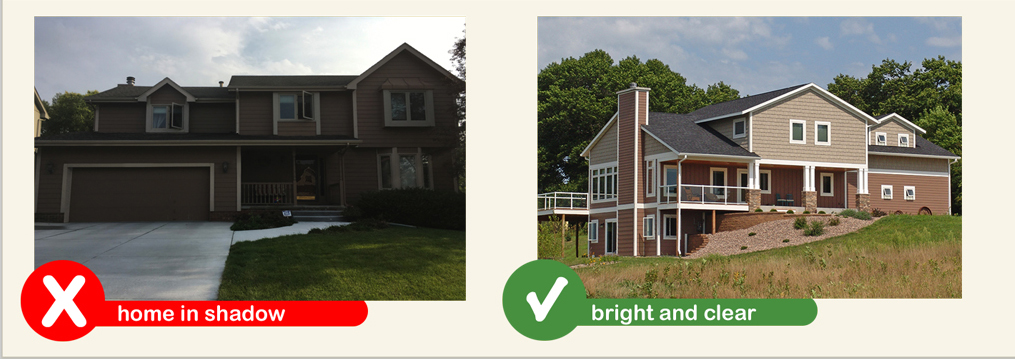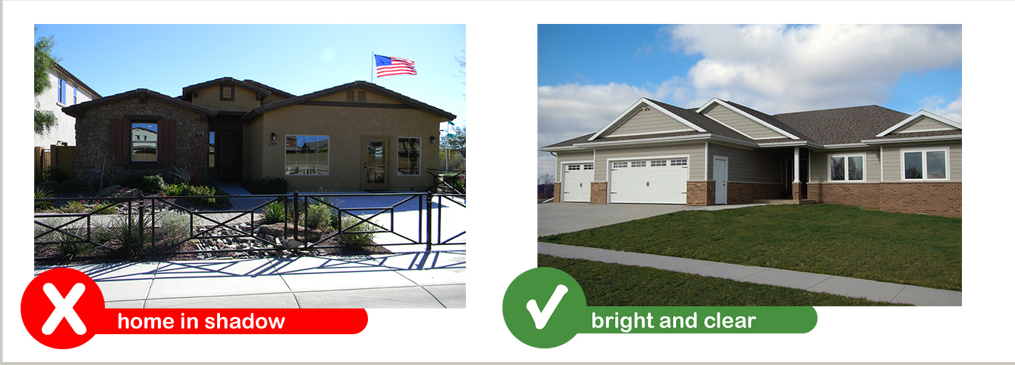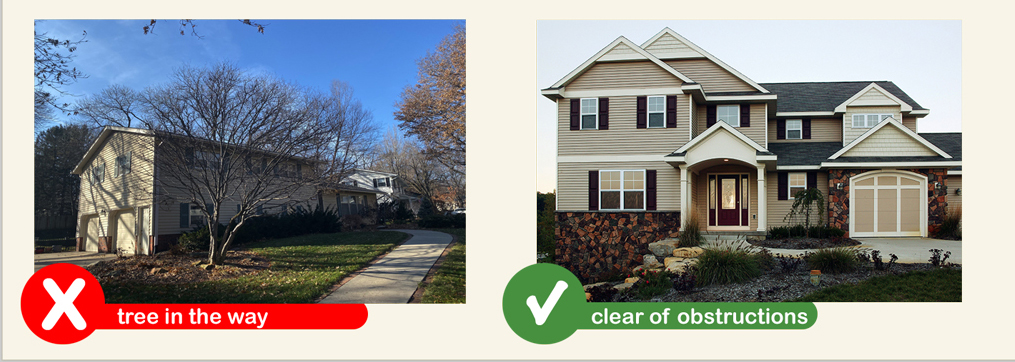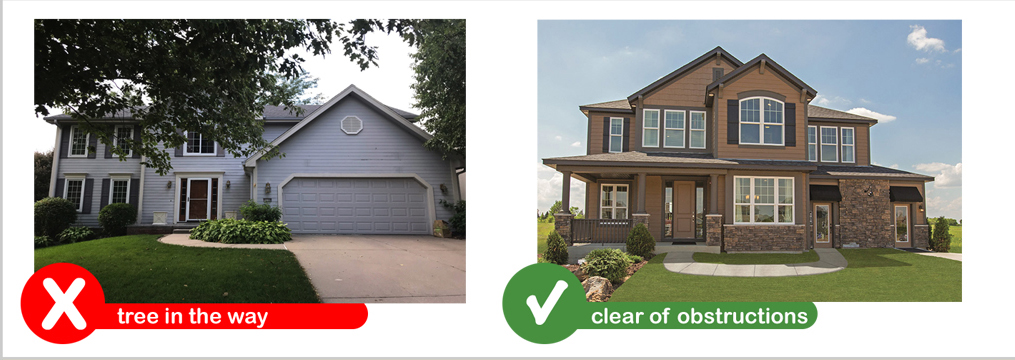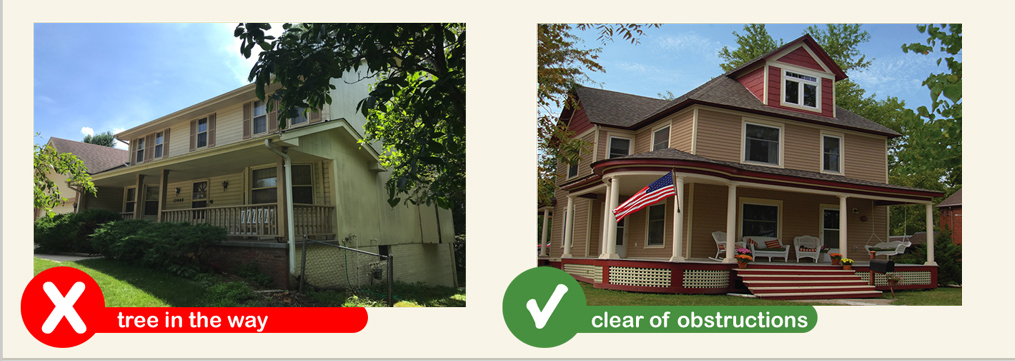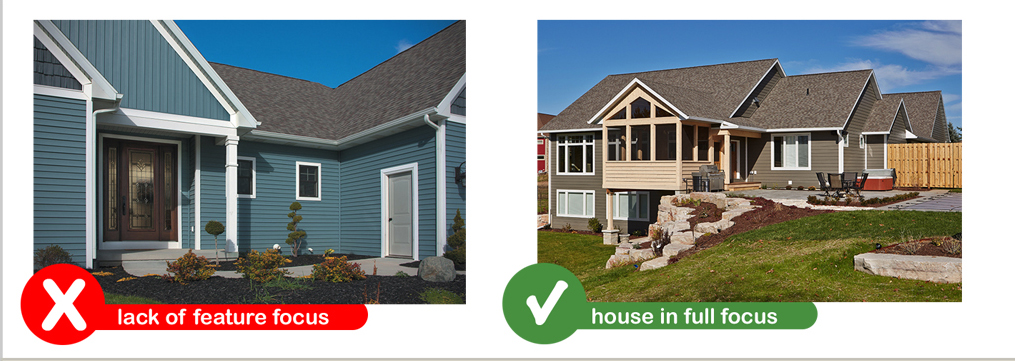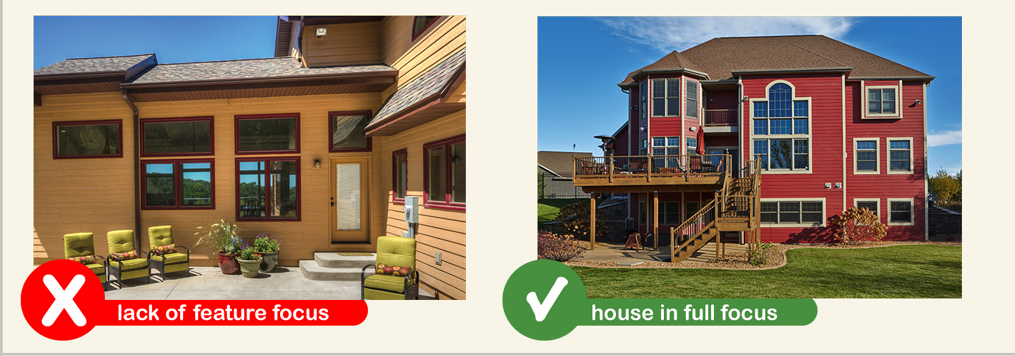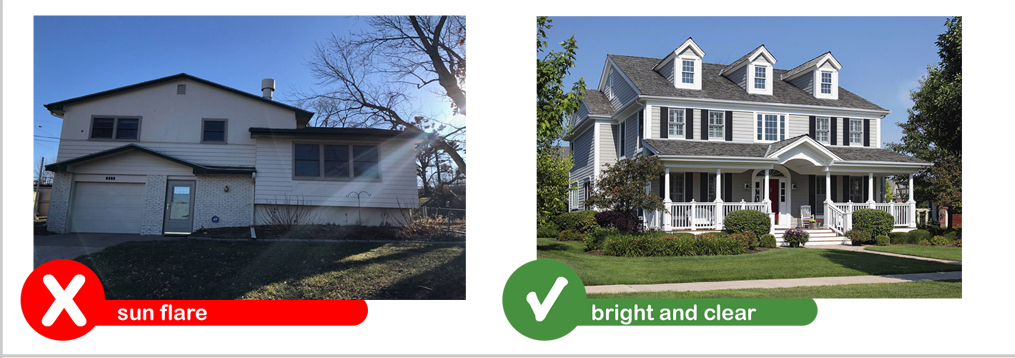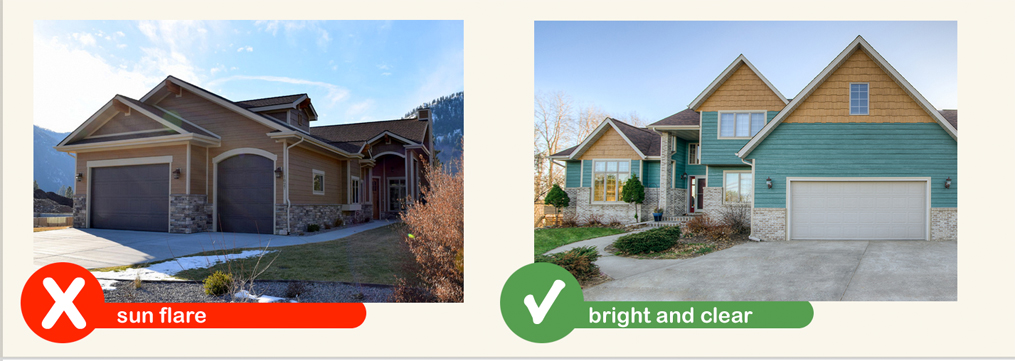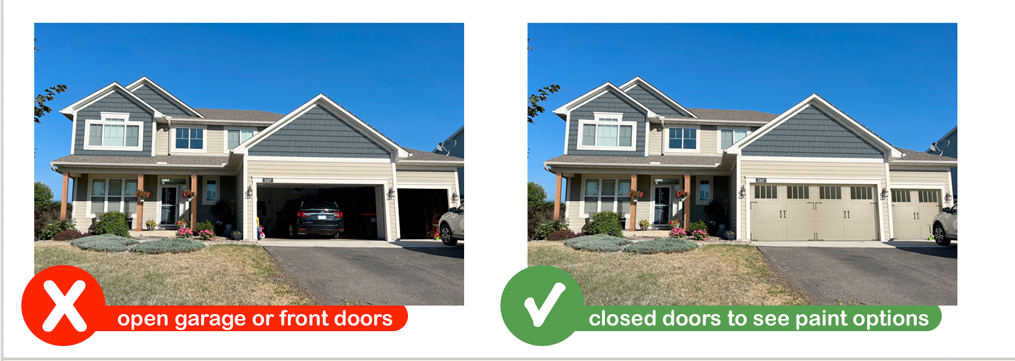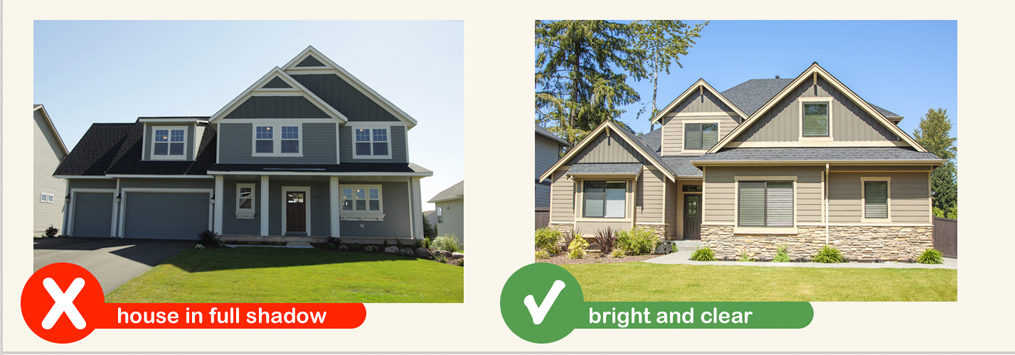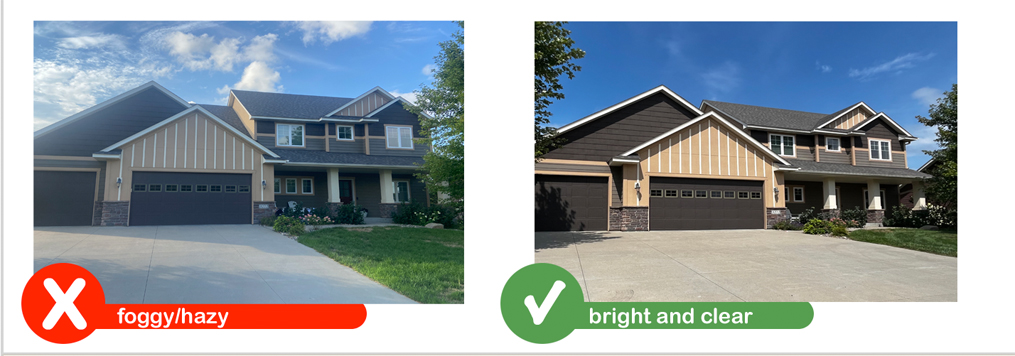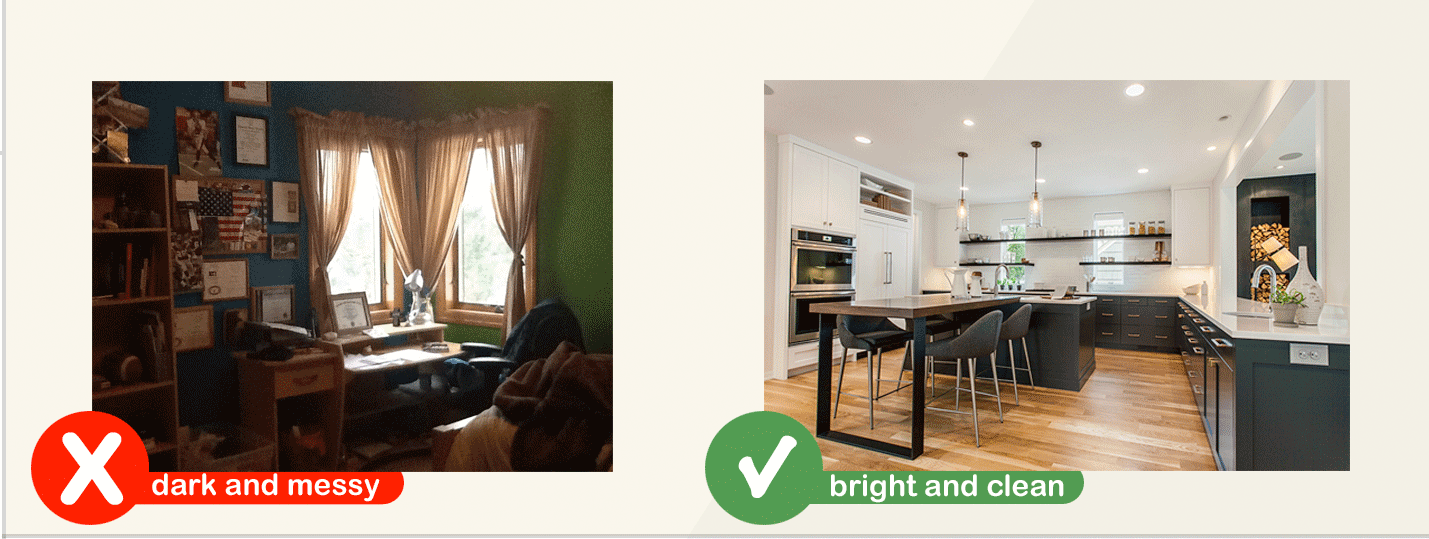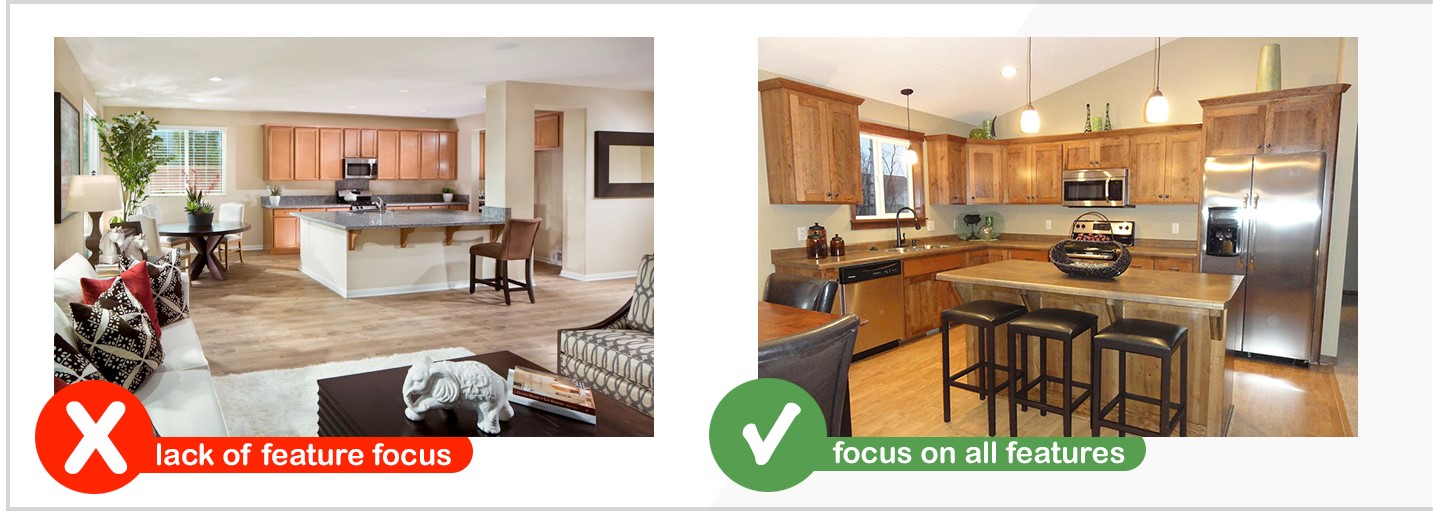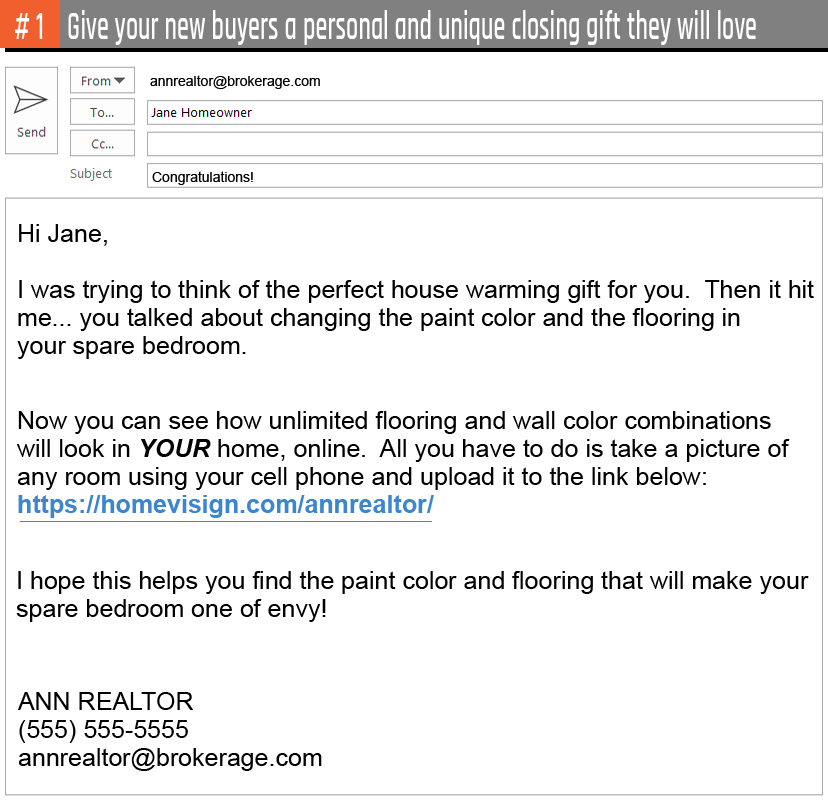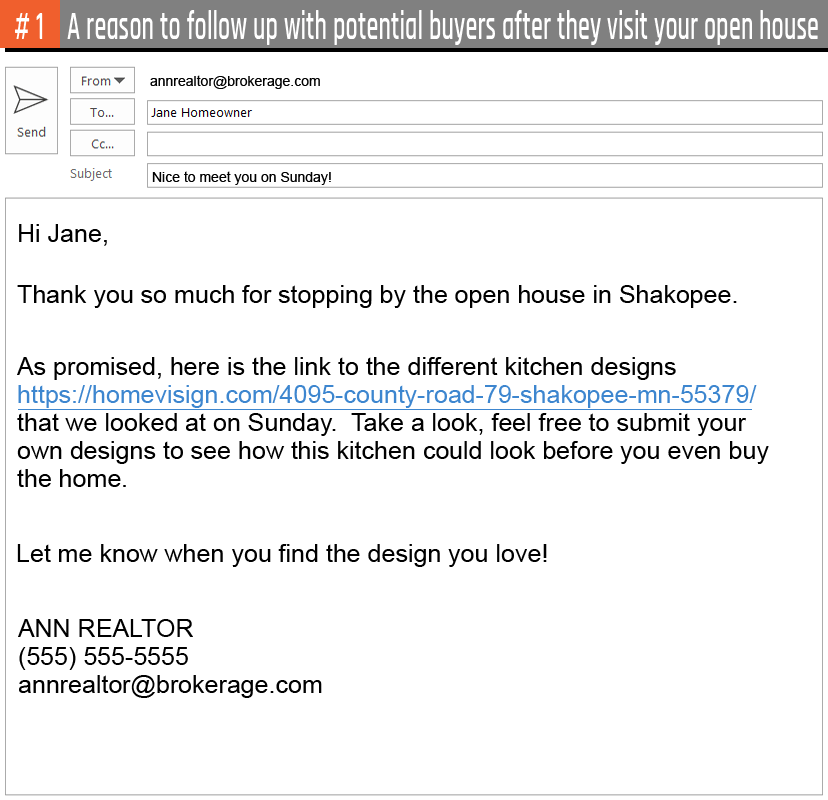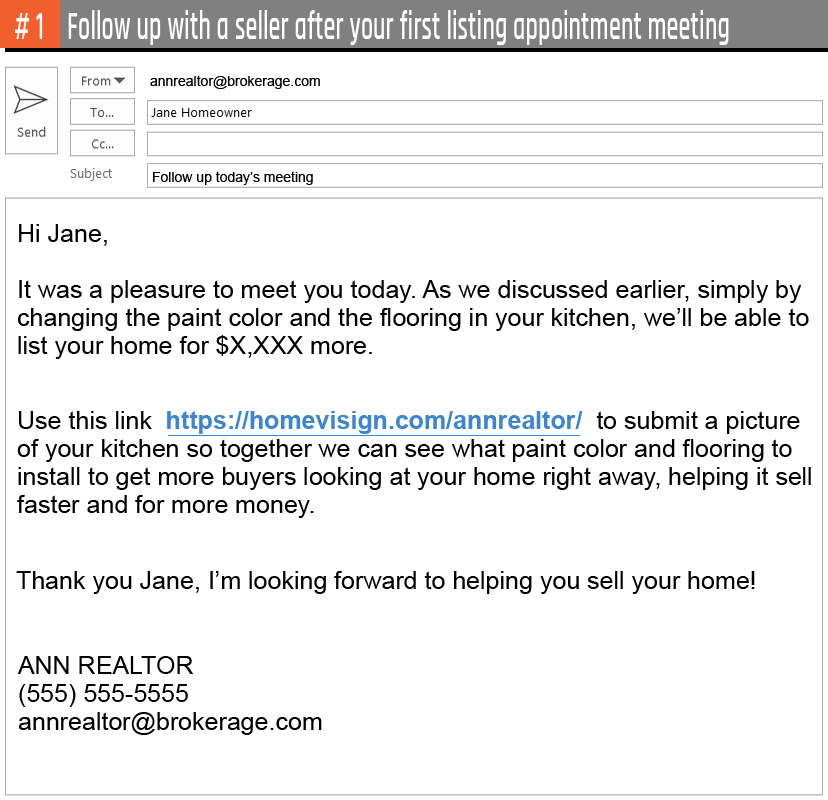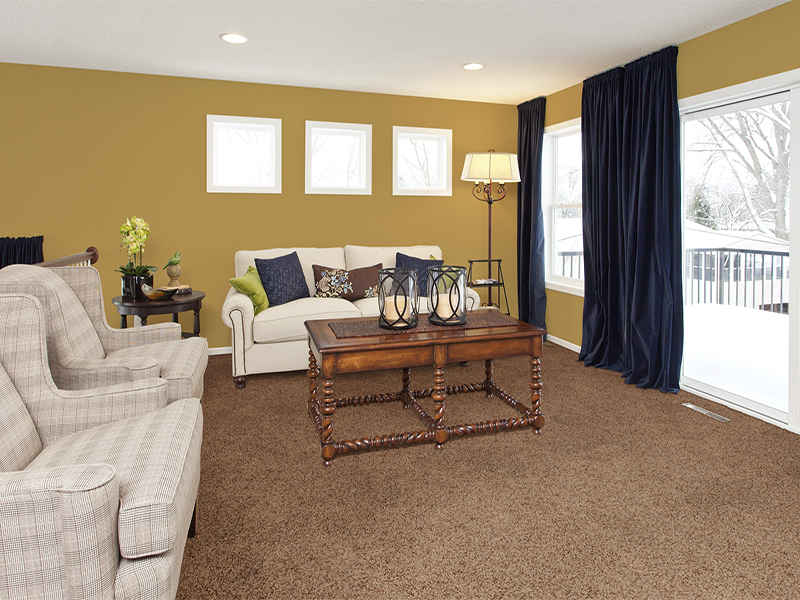
Before You Photograph
Welcome to the HomeVisign Guide of how to take the picture of the exterior of your home.
Cameras have come leaps and bounds over the years. You don’t need an expensive DSLR (Digital Single Lens Reflex) camera to photograph your exterior in order to use our software. Modern smart phones take great photographs, so feel free to use your phone.
First, you’ll want to properly setup your shot. Clear out any distracting items in front of your home, move your vehicle off your driveway, and close your doors. You want to show off your home, not what’s in front of it.
While You Photograph
Try to steady your camera as you snap your picture, as introducing camera-shake will often result in a blurry photograph.
Avoid taking wide-angle photos as they will distort the features of a photo and affect the final output of the design board.
Use as much natural light as possible. Take your photograph during the day and try to avoid taking photographs while it’s dark out, such as during sunrise or sunset.
If possible, try to avoid taking the picture of your home while the front is cast in shadow.
If possible, try to angle the shot of your photograph so trees and other foliage don’t dominate the features of your home. If a tree is in your way, stand off to the side so it doesn’t take up so much of the shot.
Try to get the entire house in frame. The idea isn’t to get a close-up of one particular feature, but to try to get the entire house in focus. This is beneficial in two ways: 1) to see how our interactive features will look against the current features of your home, and 2) to see how all of the interactive features will look together
Try to avoid sun flares from entering your photograph. They occur most often when the sun is low in the sky and directed at your camera lens.
When sending us your pictures, please send the high resolution files, this can be done by uploading the picture right from your cell phone to our submission page. If you email it to yourself the resolution gets greatly reduced, making the picture hard to make realistic renders.
Avoid taking wide-angle photos as they will distort the features of a room and affect the final output of the custom designs.
In the end, we’ll process any photo, but do your best to avoid dim lighting, blurriness, and pixelation within the photograph.
